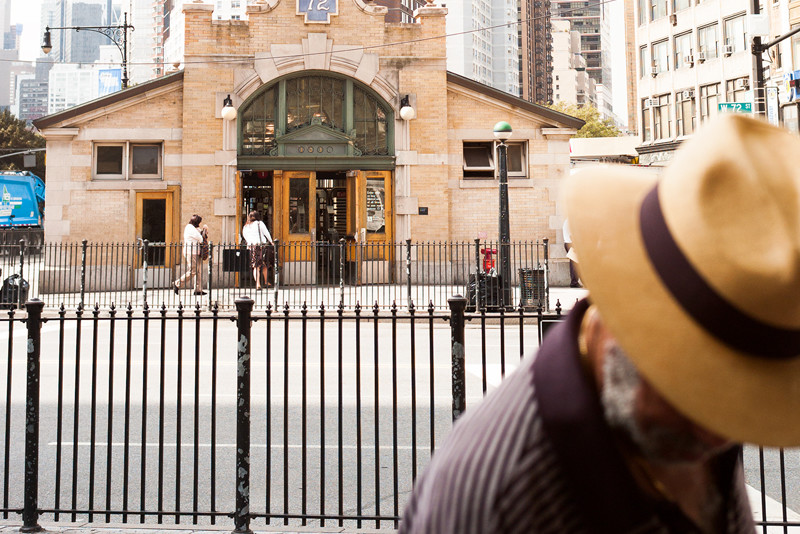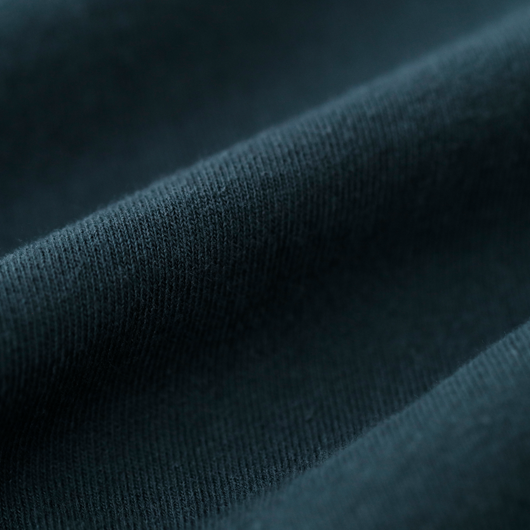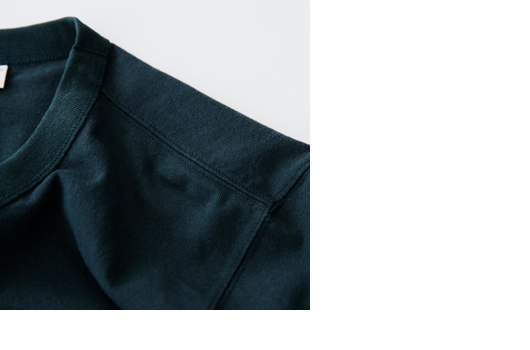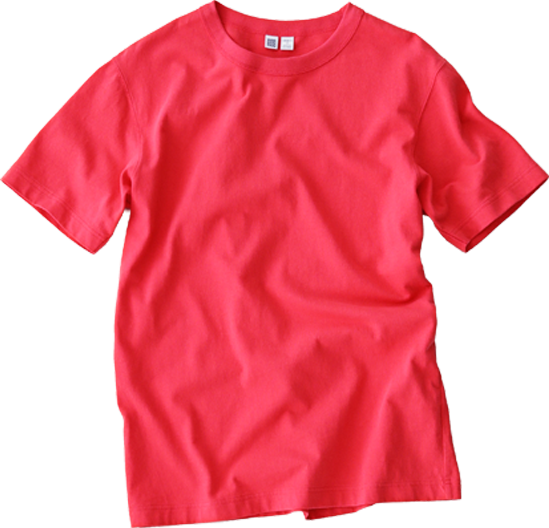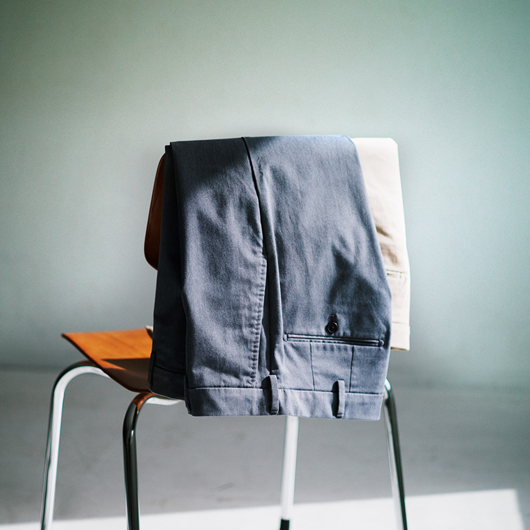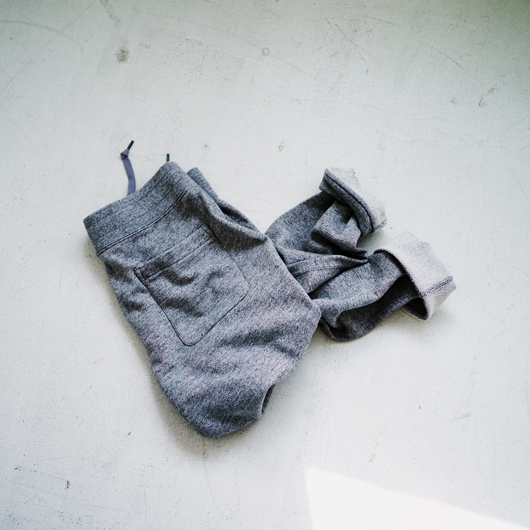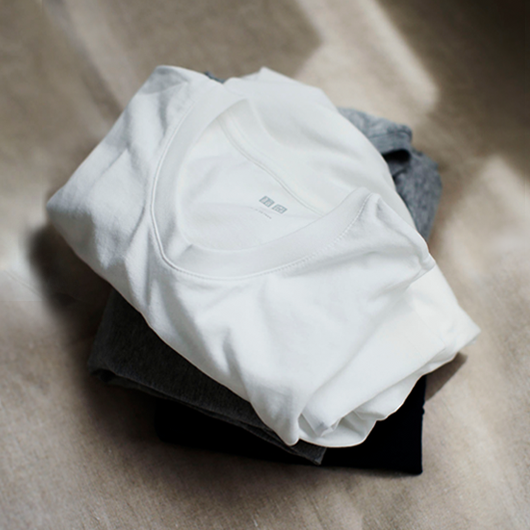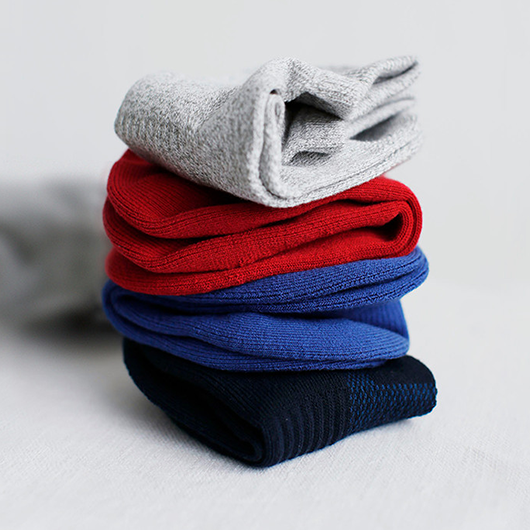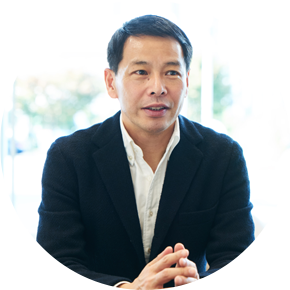I immediately phoned Jack and said, “Let’s go see the co-author of Ballet, Edwin Denby, and ask him about working with Brodovitch and anything related to the book.”
“Ok, I’ll check where he lives now. If he’s 80 then he must still be well. Wow, what an idea. Well done,” Jack said with a laugh.
Maybe he has extra copies of Ballet. If he is the co-author, he would probably have kept it in pristine condition. I could just feel my ulterior motives brewing inside.
It’s a book that collectors and book hunters across New York are struggling to find. Then, it’s about looking for it with a different angle, different method. Just as Jack had said, the clue was in the book. I was convinced that if I met this Edwin Denby, I would definitely find a way.
In just a few days, Jack came back with a variety of information and said, “Apparently, he lives in the countryside, in a town called Searsmont in Maine. I’ve asked my friend who works at the New York Times to check his home phone, so we’ll probably get that shortly. It will be a bit of a trip, so why don’t we wait until the season turns and it’s a bit warmer?”
From that point on, when I did my antique book store rounds with Jack, I would notice the name Edwin Denby and come across a collection of his critiques in dance or books of poetry. To prepare myself for the day I would meet him in person, I started buying them.
And it was one of those trips to a store where I had bought The Complete Poems. The storeowner said, “You know, the daughter of this poet lives nearby and is a regular here.” Jack and I were taken aback. Immediately, Jack jotted down his phone number on a piece of paper and said, “The next time she’s in the store, can you ask her to call me on this number?”
“And you thought you’ve seen it all…” With a seriously surprised look, Jack glanced at me.
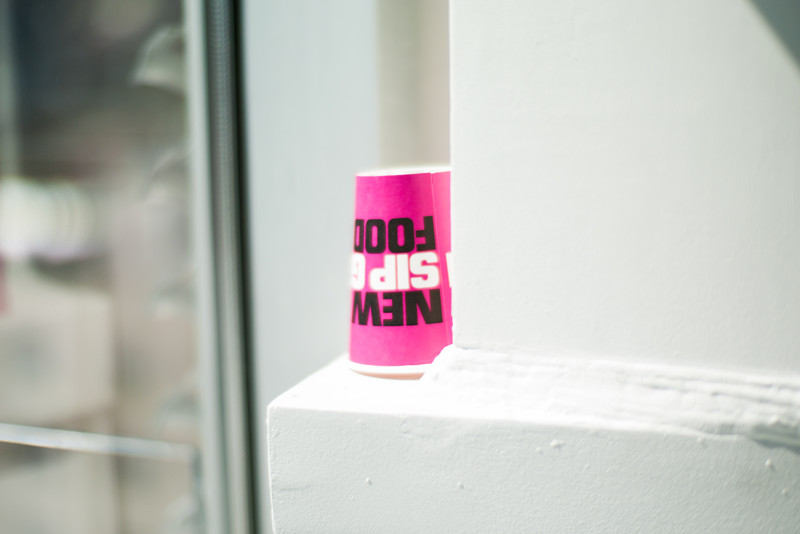
The winter had left New York and we were blessed with the warm bright sun that means sometimes you can walk around in a t-shirt.
“T-shirts are one of the great inventions from the U.S. It was a white undergarment created for sailors, but soon they began to use this for their regular clothes to express their bravery and burliness, and it became popular and admired as a symbol of masculinity,” said Jack.
I said, “Guys around the world aspired to look good in t-shirts.” “My father would always say be brave before excellence. Maybe he was saying try to look good in a t-shirt,” responded Jack with a laugh.






